Have you ever caught your dog doing something so cute, you just had to smile—only to find out later it spelled disaster? Dogs are experts at melting our hearts, but sometimes their most charming behaviors hide a sneaky side. If you think an innocent head tilt or a gentle paw on your lap always means love, you might want to look twice. Let’s dive into ten absolutely adorable dog behaviors that, while totally endearing, could signal underlying issues you shouldn’t ignore.
The Classic Head Tilt: Curiosity or Something More?
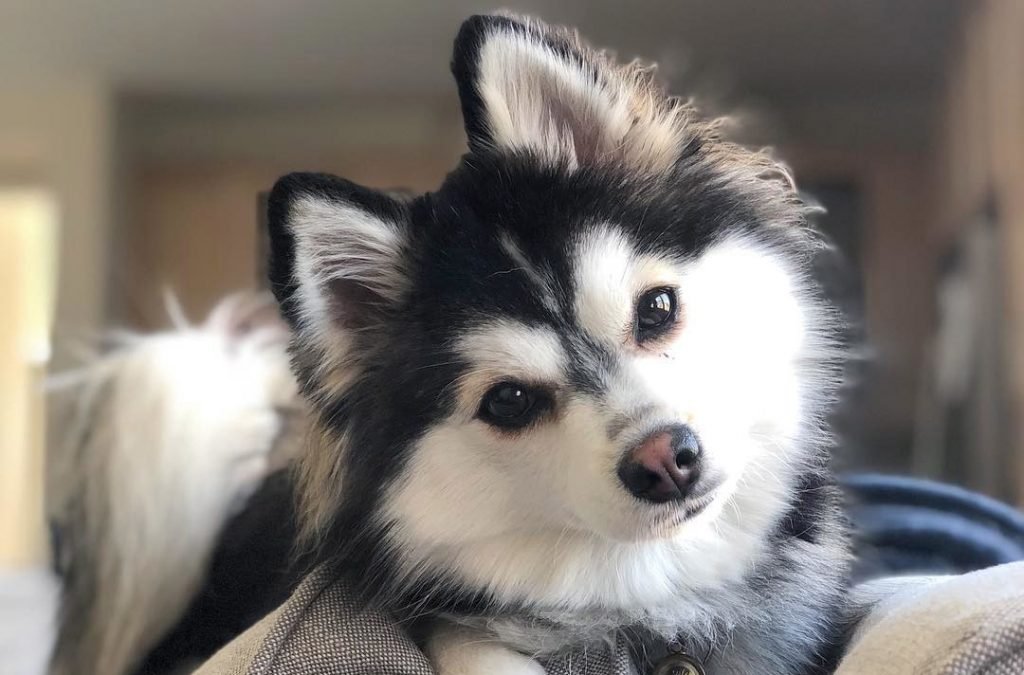
When a dog cocks its head to the side, it can be almost cartoonishly cute. Many people assume it means their dog is just trying to understand them better. While sometimes that’s true, frequent head tilting can indicate a problem. Dogs may tilt their heads if they have an ear infection, a foreign object in the ear, or even neurological issues. If you notice your pup tilting their head more than usual or shaking it often, it’s worth a trip to the vet. Sometimes, what looks like curiosity is actually discomfort. You don’t want to miss early signs of trouble just because you’re distracted by those puppy dog eyes.
Zoomies: The Burst of Energy with a Hidden Message
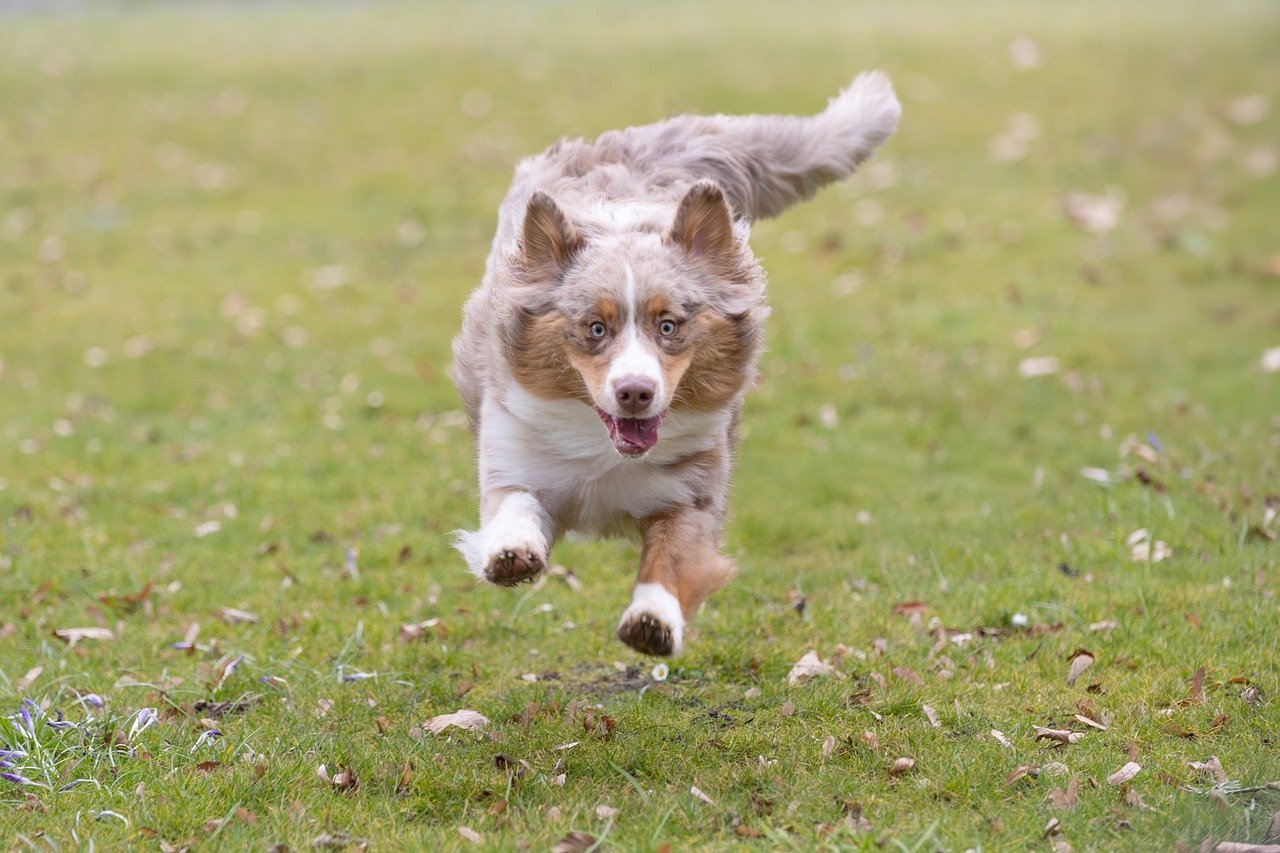
Nothing is funnier than watching a dog race around the house like a tornado, slipping on floors, and bouncing off furniture. These bursts of wild energy—called “zoomies”—are usually harmless and even healthy. But, if your dog has zoomies all the time, it might mean they’re not getting enough exercise or mental stimulation. Sometimes, excessive zoomies can also be a way for dogs to relieve stress or anxiety. If your dog turns your living room into a racetrack every day, consider whether they’re bored or stressed. A daily walk or more playtime can make a world of difference.
Leaning on You: Sweet Affection or Separation Worries?
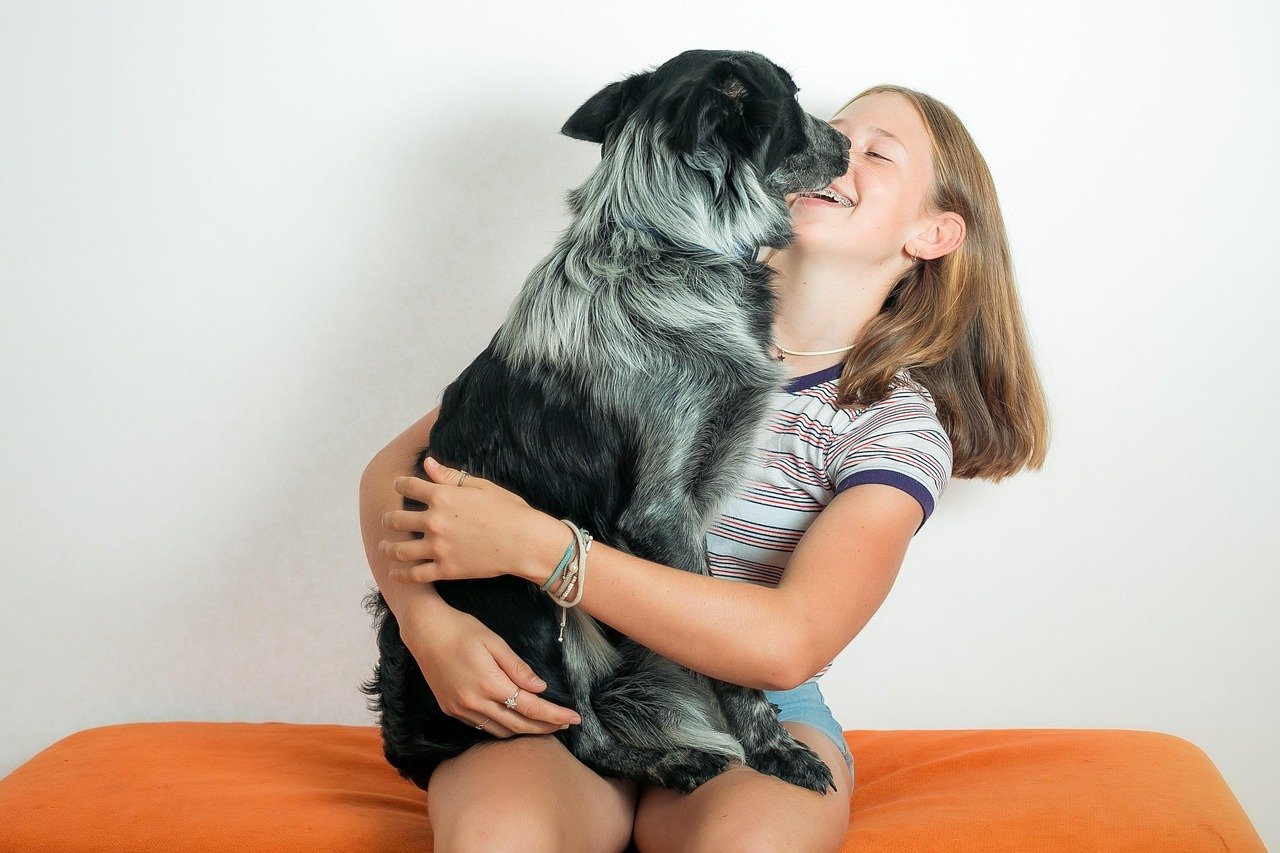
When a dog leans against your leg, it’s easy to see it as a sign of deep trust and affection. It’s like a furry hug! But when this leaning becomes constant, it could signal separation anxiety or insecurity. Dogs that can’t seem to leave your side might be struggling with confidence or fear of being alone. This can lead to destructive behavior when you’re away. If your dog’s leaning feels more like clinging, it’s a good idea to work on building their independence. Training and confidence-boosting games can help your pup feel calm, even when you’re not in the room.
Licking Your Face: Love or Obsession?
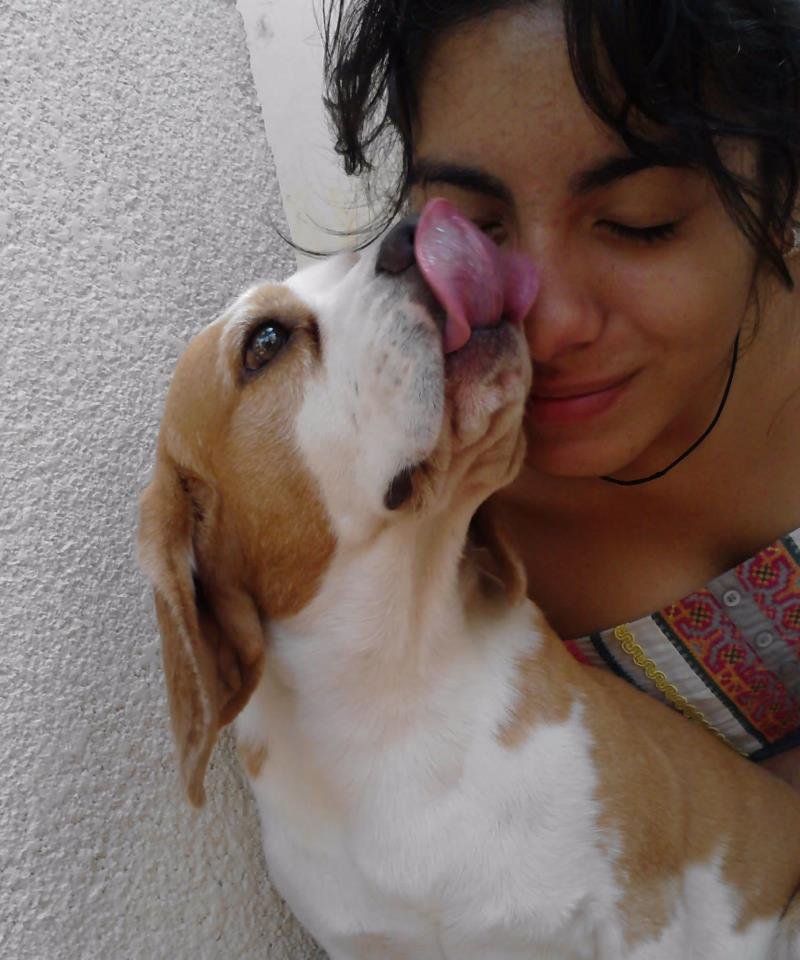
Getting a big, sloppy kiss from your dog is pretty much a rite of passage for pet owners. While a few licks can be a sign of affection, excessive licking might hint at anxiety, boredom, or even a compulsive disorder. Dogs sometimes lick to soothe themselves when they’re stressed or to get your attention. If your dog’s licking crosses the line from sweet to never-ending, it could be time to look at what’s triggering the behavior. Sometimes, a change in routine or extra playtime can help. In rare cases, you might need a trainer or vet to step in.
Bringing You “Gifts”: Cute Gesture or Resource Guarding?
When your dog proudly drops a toy—or worse, your favorite shoe—at your feet, it’s hard not to laugh. Many dogs love sharing their treasures, but sometimes, this gift-giving is actually a form of resource guarding. If your dog starts growling when you try to take the object away, or if they seem overly possessive of their “gifts,” it might be a sign of trouble. Resource guarding can escalate quickly if not addressed. It’s important to teach your dog to trade items calmly rather than letting the behavior slide because it seems cute at first.
Puppy Eyes: Manipulation in Disguise?
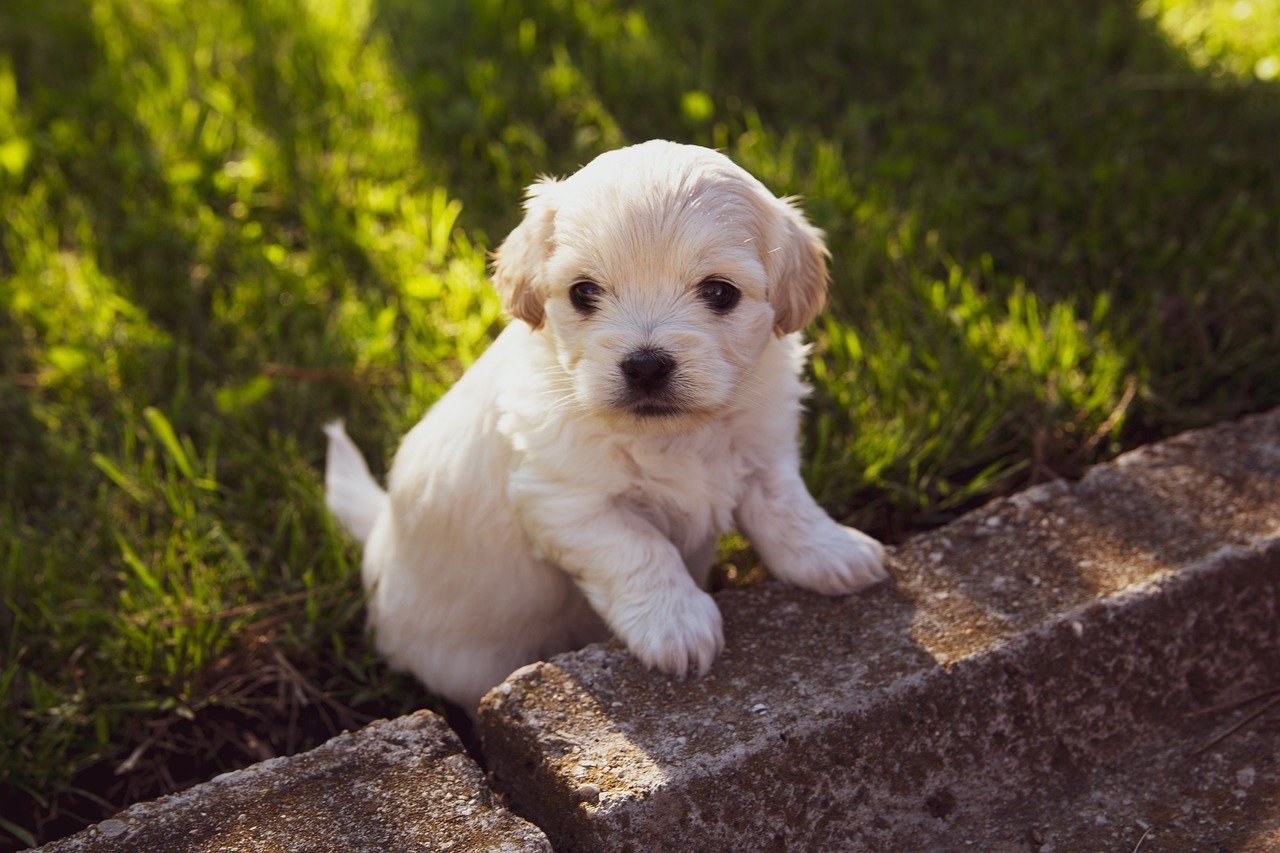
Those big, soulful eyes can melt even the toughest heart. Dogs have perfected the art of “puppy eyes” to get what they want, whether it’s a treat or an extra walk. But beware—if your dog uses this look all the time, they may be learning to manipulate you. Giving in every time those eyes appear can reinforce demanding or pushy behavior, making training more difficult later on. A little tough love goes a long way here. It’s okay to say no, even to the cutest face in the world.
Cuddling Under Blankets: Cozy Habit or Health Flag?

Dogs love to burrow under blankets, and it’s hard not to smile when you see a little nose poking out. While this often means they’re seeking comfort, it can also signal that your dog is cold, anxious, or even feeling unwell. Some breeds naturally love to burrow, but if your dog suddenly starts hiding under blankets when they never did before, it could be a red flag. Watch for other symptoms like shivering or hiding more than usual, which might warrant a vet checkup.
Pawing at You: Attention-Seeking or Anxiety?
When your dog places a paw on your arm or lap, it can feel like they’re reaching out for a little connection. However, if this turns into constant pawing, it could mean your dog is anxious or desperately seeking attention. Sometimes, dogs develop this habit because they’ve learned it gets a big reaction from their humans. If you notice your dog pawing at you more when you’re distracted or busy, it might be time to set some boundaries and provide positive reinforcement for calm behavior.
Spinning Before Lying Down: Quirky Ritual or Compulsion?
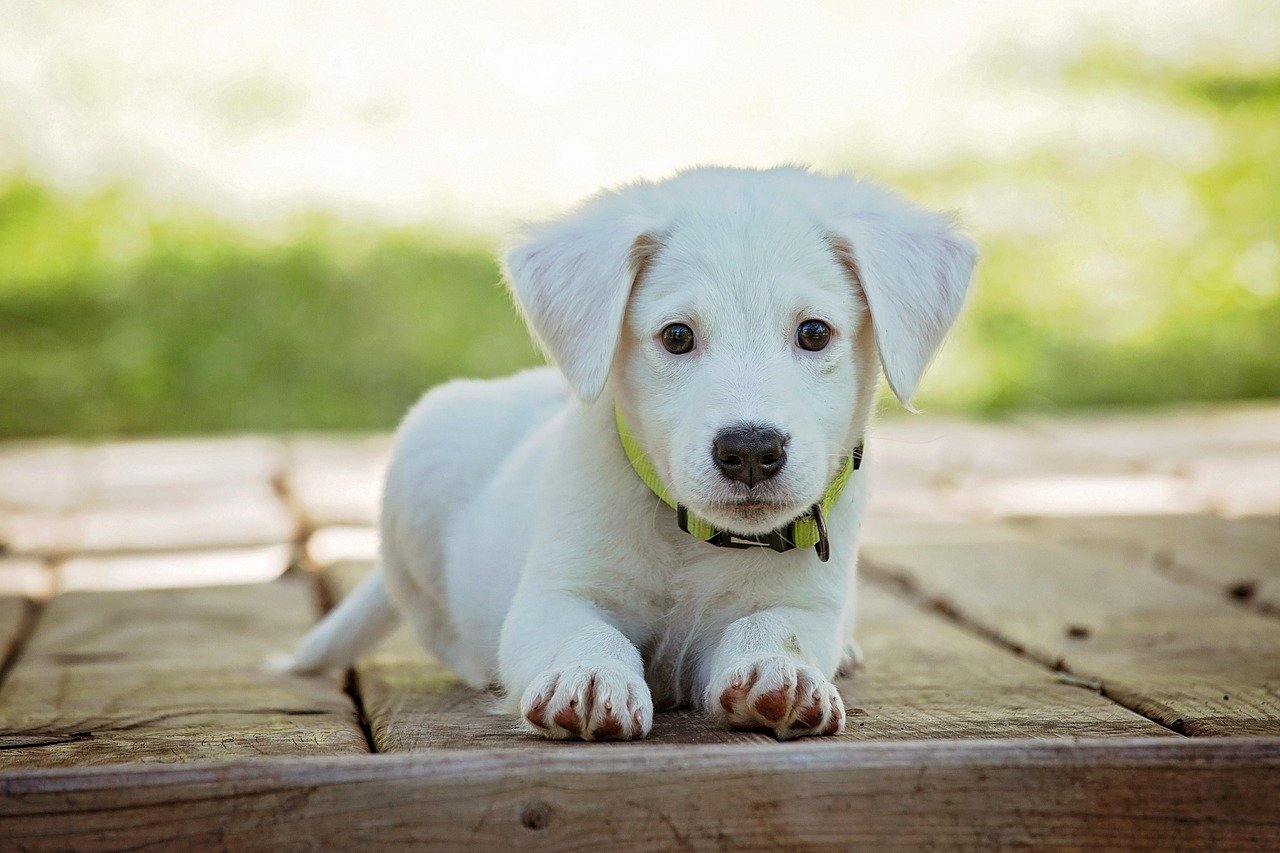
Most dogs spin in circles before lying down, and it’s a charming little ritual that dates back to wild canine instincts. However, if your dog spins obsessively, or seems unable to settle, it might be a sign of anxiety or a compulsive disorder. If the spinning gets out of control—especially if they seem distressed or never actually settle—it’s best to consult with your vet. What starts as a cute bedtime dance could become a sign that your dog’s mental health needs attention.
Barking at Nothing: Playful Antics or Underlying Stress?
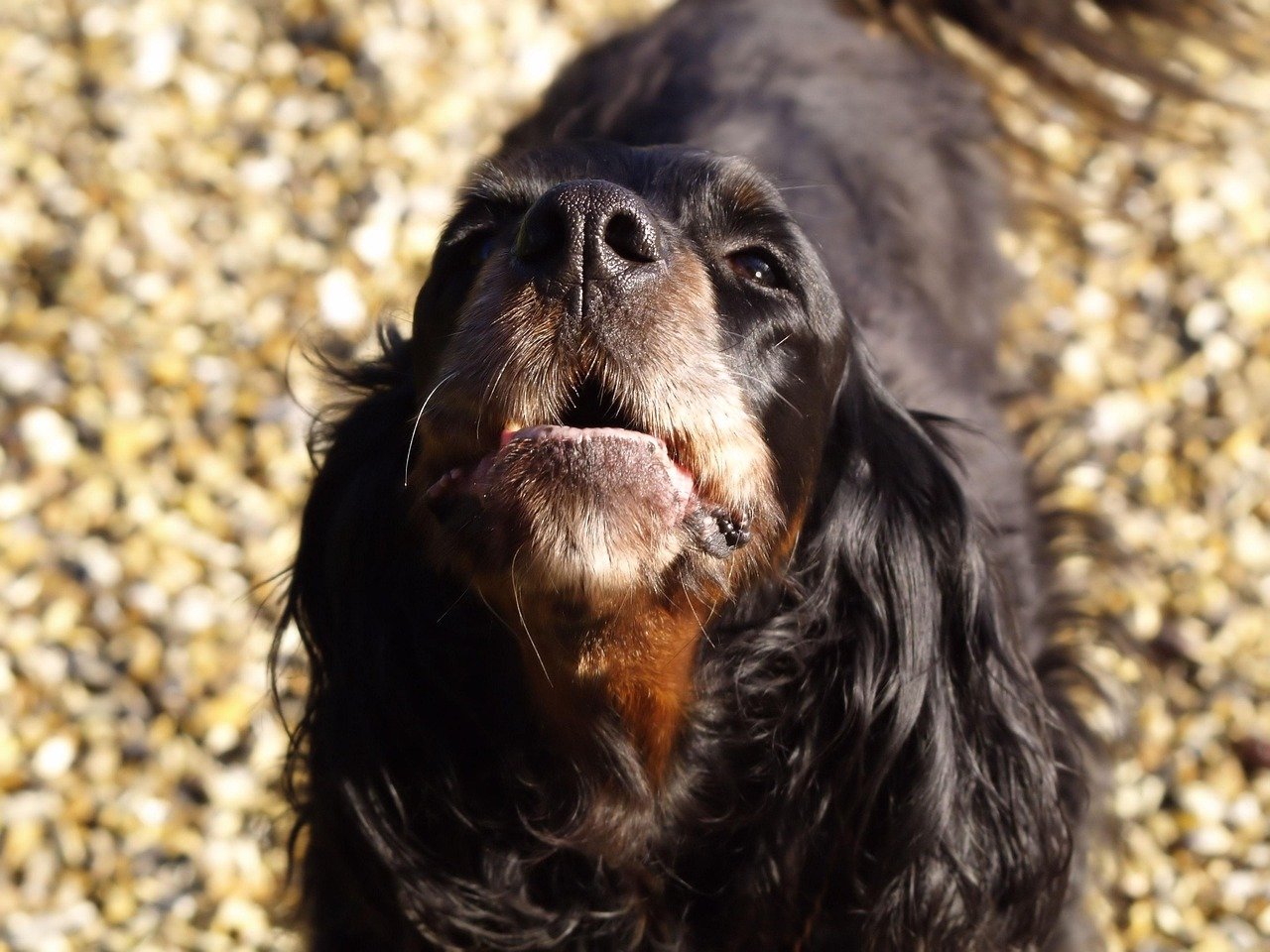
A dog barking at thin air can be hilarious—or annoying. While sometimes dogs really do just hear things we don’t, excessive barking at “nothing” can be a red flag. It might signal boredom, anxiety, or even a medical issue like hearing loss or cognitive decline, especially in older dogs. If your dog barks at every little sound or shadow, it might be time to look for triggers or consult with a trainer. Sometimes, a little mental stimulation or a change in environment can help quiet things down.
What adorable dog behavior surprised you the most?

Esther is from India; the heartbeat of South Asia, holding a Master’s degree in Zoology and a postgraduate diploma in Animal Welfare. Her enthusiasm for animal welfare drives her passion and dedication to working for animals, ensuring their well-being, and advocating for their rights. With a solid academic background and hands-on experience, she is committed to making a positive impact in the field of animal welfare. In her free time, she enjoys embroidery and sewing. As a Chennaite from Tamil Nadu, Esther loves Bharathanatyam, an Indian classical dance form.





